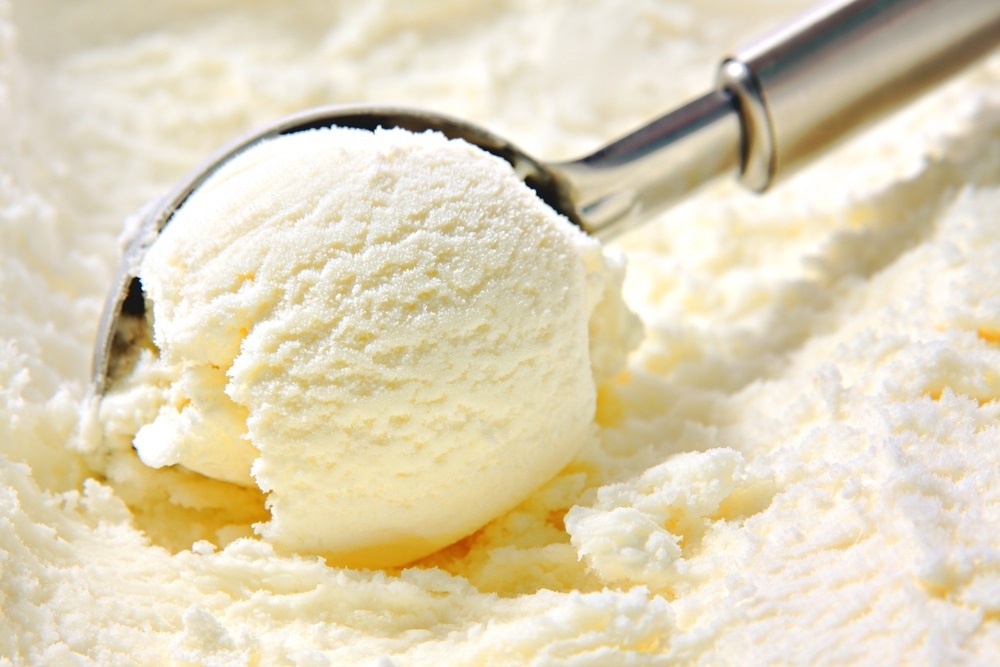In dairy emulsions such as ice cream, milk and cream liqueurs, the particle size of fat droplets has a direct effect on various properties such as whip ability, stability, and mouthfeel, which are important to ensure the commercial viability of a product. For instance, in a liquid product, excessively large droplets can produce a greasy mouthfeel and can easily coalesce and cream, affecting the product stability.

Image Credits: Gtranquillity/shutterstock.com
These issues can be resolved by producing emulsion droplets of smaller size, which can also help to improve the release of flavors. However, producing smaller droplet size requires greater energy input and hence a fine droplet size distribution can be easily eroded without the appropriate use of emulsifiers to stabilize the droplets and prevent coalescence or flocculation issues.
In order to manufacture commercially viable and high-quality products in a cost-effective manner, it is important to determine the optimal size of components, including fat droplets, which define the product performance.
Since the particle size of fat droplets impacts the properties of dairy emulsions, there is a need for size analysis that runs from formulation and development to production and quality control. During the formulation of cream liqueurs, for example, particle size data support the optimization of additive/stabilizer, ratio of alcohol to cream, and homogenization conditions.
Particle sizing can also be used to track a homogenization process, for quality control, and for endpoint detection to guarantee a stable and consistent product. Casein micelles (CMs) are other dairy components that may also be subject to particle size control and measurement. These components should be monitored for efficient milk processing, together with ultrafiltration membrane steps to prolong the shelf life.
Both laser diffraction and dynamic light scattering (DLS) are established tools for measuring the size of components in dairy emulsions and this article reviews the application of both techniques for this application.

This information has been sourced, reviewed and adapted from materials provided by Malvern Panalytical.
For more information on this source, please visit Malvern Panalytical.